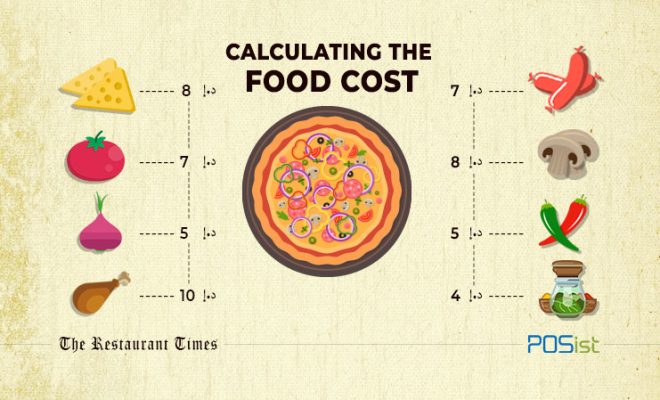How to calculate food cost

Calculating food costs is an essential skill for restaurateurs, meal-planning enthusiasts, or anyone interested in understanding and controlling their household budget. Understanding your food costs helps you set prices, create budgets, and maximize profits. In this article, we will provide a step-by-step guide on how to calculate food costs efficiently.
1. List all ingredients and their quantities:
For each dish or meal you want to calculate the cost for, create a list of the ingredients and their respective quantities. Be sure to include every ingredient that contributes to the overall food cost – even small items like salt, pepper, and oil.
2. Determine the cost per unit for each ingredient:
Find the purchase price for each ingredient and determine the cost per unit. This can be done by dividing the total purchase price by the number of units in each package. For example, if a 50lb bag of flour costs $20, the price per pound would be $20 / 50 = $0.40.
3. Calculate the cost of each ingredient in the dish or meal:
Multiply the cost per unit of each ingredient by its respective quantity in the dish or meal. For example, if your recipe calls for 2 pounds of flour at $0.40 per pound, the total cost would be 2 x $0.40 = $.80.
4. Add up all calculated ingredient costs:
Once you’ve calculated the cost for all ingredients in your dish or meal, sum these values to find the total food cost for that item.
5. Calculate portion costs (optional):
If you’d like to break down food costs further into individual portions or servings, simply divide the total food cost by the number of portions being served. This is especially useful when determining menu pricing for restaurants.
6. Analyze and adjust as needed:
Food costs will inevitably change as ingredient prices fluctuate or you make adjustments to recipes and portion sizes. Regularly reviewing and updating your food cost calculations ensures accuracy in pricing and budgeting and helps maintain profitability.
Conclusion:
Calculating food costs can be a straightforward process by following these steps: listing ingredients and quantities, determining the cost per unit of each ingredient, calculating their costs in the dish or meal, adding up ingredient costs, analyzing the results, and making adjustments as needed. By understanding how to calculate food costs, you can better control expenses, set prices, and optimize profits for your business or household.






